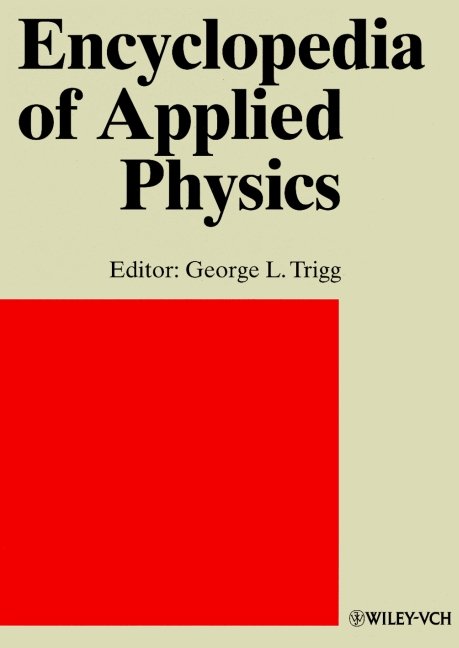μSR
Muon spin rotation, relaxation, and resonance (μSR) is a sensitive nuclear technique employing implanted spin-polarized (usually positive, sometimes negative) muons (μ±) to study the local magnetic properties of atomic, molecular, and crystalline environments. In this sense, it is closely related to conventional magnetic resonnce techniques (e.g., NMR, EPR, MRI, etc.). However, μSR uses the anisotropic property of β-decay for signal detection, affording it with enhanced sensitivity. Perhaps the most similar technique is β-NMR, which shares the same detection scheme, though it is much less well-known.
Many review articles and monographs have been written on the principles and applications of μSR, which can easily be found online. For example, https://muonsources.org provides lists of brochures, books, and reviews for those interested. A nice, though somewhat old, introduction/overview of the technique is given in:
- Title
- Muon spin rotation/relaxation/resonance
- Author
- J. H. Brewer
- Book
- Encyclopedia of Applied Physics (Mößbauer Effect to Nuclear Structure)
- Volume
- 11
- Pages
- 23-53
- Year
- 1994
- Editor
- G. L. Trigg
- Publisher
- Wiley-VCH
- Cover

- 10.1002/3527600434.eap258
Another more recent review is given in:
- Title
- Muon spin spectroscopy
- Author
- A. D. Hillier, S. J. Blundell, I. McKenzie, I. Umegaki, L. Shu, J. A. Wright, T. Prokscha, F. Bert, K. Shimomura, A. Berlie, H. Alberto, I. Watanabe
- Journal
- Nat. Rev. Methods Primers
- Volume
- 2
- Article Number
- 4
- Year
- 2022
- Abstract
-
Muons are particles with a spin of ½ that can be implanted into a wide range of condensed matter materials to act as a local probe of the surrounding atomic environment. Measurement of the muon’s precession and relaxation provides an insight into how it interacts with its local environment. From this, unique information is obtained about the static and dynamic properties of the material of interest. This has enabled muon spin spectroscopy, more commonly known as muon spin rotation/relaxation/resonance (μSR), to develop into a powerful tool to investigate material properties such as fundamental magnetism, superconductivity and functional materials. Alongside this, μSR may be used to study, for example, energy storage materials, ionic diffusion in potential batteries, the dynamics of soft matter, free radical chemistry, reaction kinetics, semiconductors, advanced manufacturing and cultural artefacts. This Primer is intended as an introductory article and introduces the μSR technique, the typical results obtained and some recent advances across various fields. Data reproducibility and limitations are also discussed, before highlighting promising future developments.
- PrimeView

- 10.1038/s43586-021-00089-0
Only a few facilities exist worldwide where μSR experiments are performed. These include:
- TRIUMF’s CMMS
- PSI’s LMU
- ISIS’s Neutron and Muon Source
- J-PARC’s Materials and Life Science Experimental Facility